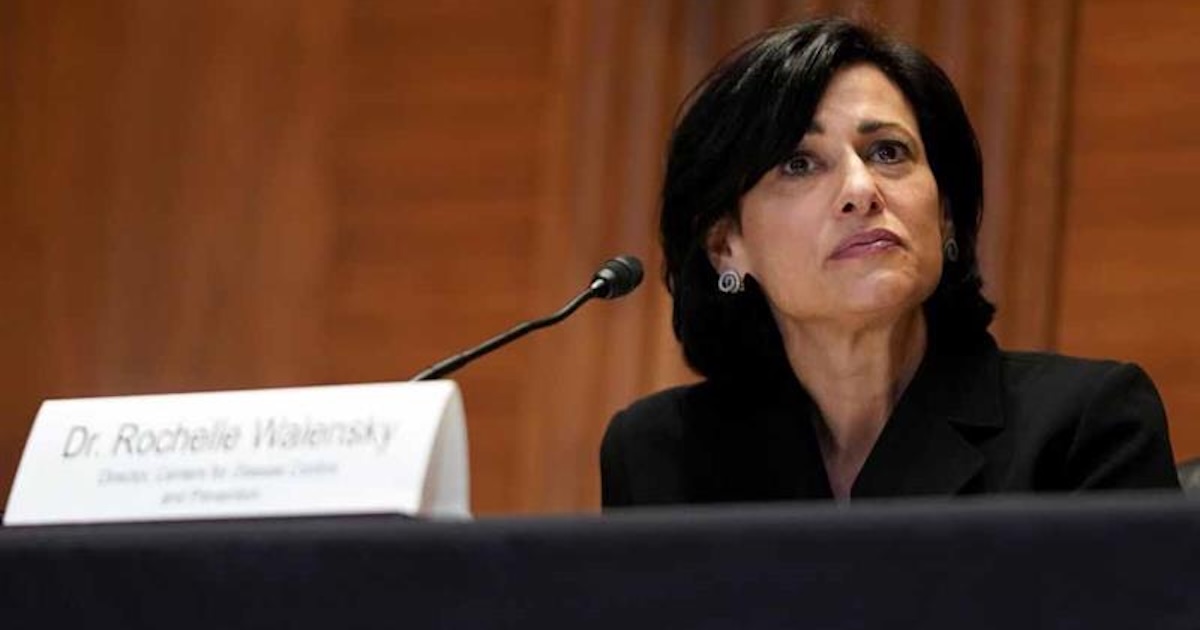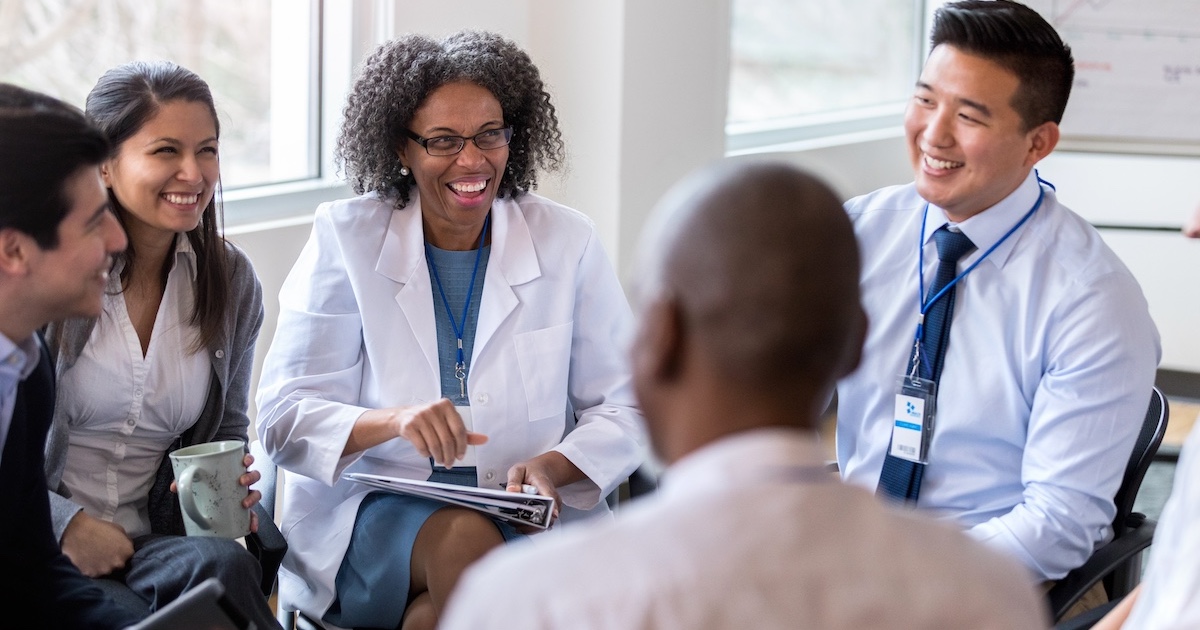If you break your leg in Pensacola, Fla., chances are you'll have it X-rayed and in a cast within hours, courtesy of the nearest medical clinic or hospital. You'd get crutches and a prescription for painkillers and be home in time to Watch the next episode of "American Idol."
If you break your leg in Filipina, Panama, however, that type of care might take days and involve a journey through rural countryside to a town with an actual doctor or clinic. It would be expensive, of course, and there'd be no guarantee that your leg would be properly examined or set.
Separated by some 3,000 miles, Pensacola and Filipina are worlds apart on access to basic healthcare. But a team of doctors and students from Florida State University's Pensacola Regional Medical School Campus is bridging that gap, and they're using mHealth tools and technology to make those connections.
Led by Mark Stavros, MD, FSU's education director of emergency medicine, FSUCares has visited Panama each year since 2002. The organization, composed of FSU medical students and faculty and focused on helping underserved and underprivileged populations both here and abroad, has found its calling of late in Filipina, which lies in rugged country about two hours from the capital of Panama City.
Each spring, Stavros and his students have cared for Filipina's residents in makeshift clinics. They recently took the next step and built a clinic for the town. And this year, they brought along some new tools – a Transportable Exam Station (TES) developed by GlobalMed and integrated Scopia video technology from Avaya, allowing them to establish videoconferencing capabilities from Filipina back to Pensacola.
"They'd never seen that type of technology before," Stavros said of the so-called "exam room in a box" technology. "It was really an eye-opening experience for them."
Using the TES, which comes with an HP tablet and integrated medical devices, and the Scopia video platform, FSUCares doctors and students conducted examinations and linked in real-time with FSU (while treating a woman who complained of shortness of breath, for example, they were able to send an EKG back to a physician at FSU). They treated chronic conditions, broken bones, pregnancies, bug bites and other tropical health concerns.
There were some challenges. When live video feeds weren't available, Stavros and his team took photographs and wrote notes, then sent everything to a cloud-based storage site so that FSU colleagues could view them. And when power sources were scarce, Stavros ran a long extension cord from an adaptor in his car to the TES.
Stavros calls this latest trip a "stepping stone" in FSU's development of an mHealth program. Upon returning from Panama, he showed off the technology to FSU faculty and students, conducting an exam in Alabama and broadcasting the process back to the campus. He'll soon by displaying the technology to Florida legislators, in hopes of expanding the state's laws to allow more access to – and reimbursement for – mHealth and telemedicine services.
"Showing people how it works is really the most important thing," Stavros said. "They really don't understand what it can do until … they actually see it being done."


